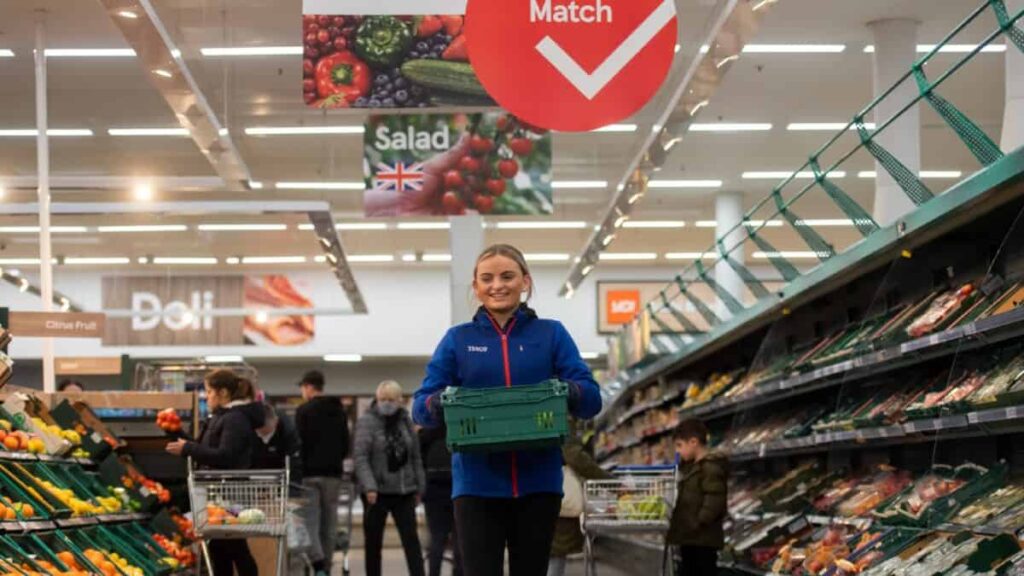Buying dividend shares is one way to build a second income.
How chunky that income might be depends on multiple factors, such as how much is invested, in which shares and for how long.
Every little helps
As an example, consider Tesco (LSE: TSCO).
It really is a household name — there is likely at least something bought from Tesco in the majority of British homes. Demand for groceries is resilient even in a tough economy and Tesco is the nation’s largest grocer by some distance.
That makes for a profitable business. Tesco uses some of those profits to fund a dividend for shareholders.
At the moment, that dividend is 13.7p per share. So if an investor bought 1,000 Tesco shares today, they would hopefully earn £137 in dividends per year.
Dividend growth potential
In fact, they may earn more. Tesco has grown its dividend per share each year for several years and could continue doing so.
But dividends are never guaranteed. Tesco cancelled its dividend in 2014 and did not reinstate it for three years.
That was due to an accounting scandal, now a distant memory. But more mundane risks also pose threats to dividends. For example, tough competition on the high street could see supermarkets’ profit margins being squeezed.
The role of yield
That is not the main reason I do not own Tesco shares, however. At the right price, I would happily invest – but I think the share looks expensive.
It sells for around £4.38 per share. So to earn that £137 second income from Tesco shares, an investor would need to put in around £4,380.
That equates to a dividend yield of 3.1%, a bit below the FTSE 100 average. By buying a higher-yielding share, an investor could earn the same second income but spend less.
Quality matters
Just buying a share because of its yield, however, can be dangerous. Remember – dividends are never guaranteed to last.
Still, there are some well-known businesses that also offer high yields.
Take B&M (LSE: BME), for instance.
Its dividend yield is 6.2%. That is double Tesco’s yield, meaning an investor could spend half the money and still target the same second income from B&M shares he would otherwise earn putting the full amount into Tesco shares.
B&M looks cheaper too: its price-to-earnings ratio is 8, whereas Tesco’s is 19.
But while Tesco’s share price has grown 57% over the past five years, B&M has fallen 48%.
From a value investor’s perspective, that might make it look attractive and worth considering. After all, B&M has a proven business model, large customer base and strong value proposition.
But such a fall could potentially be a warning signal. B&M has been struggling with its fast-moving consumer goods sales. That might be a sign of a wider malaise, if customers are preferring to shop elsewhere.
Still, I have bought B&M shares and plan to hold them in the hope not only of the second income prospects but also potentially share price improvement.


